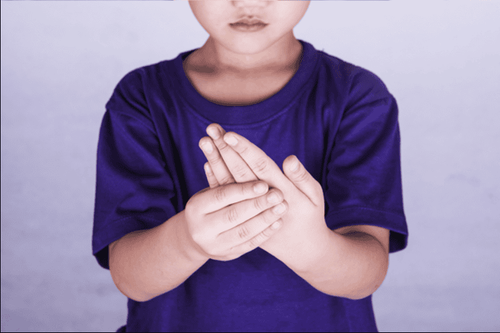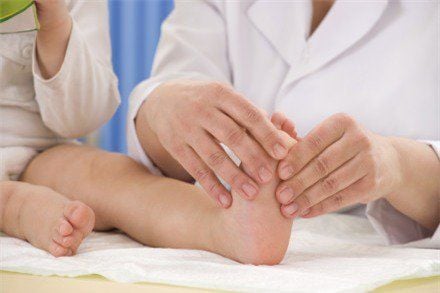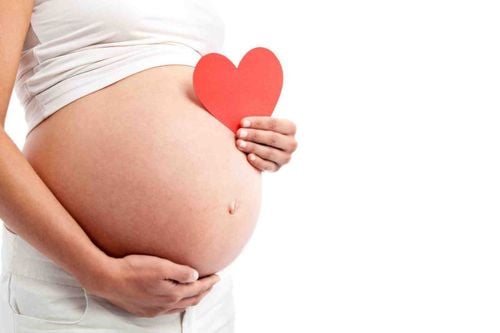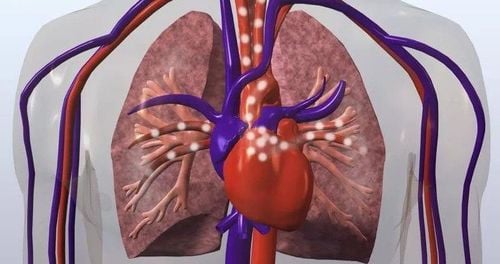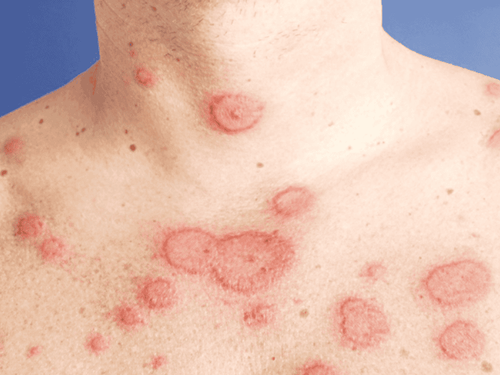This is an automatically translated article.
Parents often worry because children complain of bone pain. According to doctors, bone pain in children is often a symptom of growing bone pain, but sometimes it is also a sign of some serious disease. So what to do when your child has shin bone pain?
1. Why do children have shin bone pain?
A common cause of joint pain in children is “growth spurts,” however, it can also be a sign of other serious conditions such as juvenile idiopathic arthritis (Juvenile) Idiopathic Arthritis (JIA), Lupus, Lyme disease and Leukemia.
1.1. Growing pains Growing pains are common in childhood and disappear during adolescence. Growth spurs usually resolve on their own and are not a sign of serious illness. Some specific characteristics that parents can use to determine if a child has growth spurts such as:
The pain mainly occurs in the thigh muscles, calves or behind the knee and affects both legs. ; Children may experience mild to severe cramping or pain; The pain is intermittent, the child's leg hurts at night and clears up in the morning; The pain persists for several days and recurs after a while; Some children may experience abdominal pain or headaches. The cause of children's growth spurts is that they run, jump, and climb during daily play. In addition, growing pain may be related to factors such as fatigue, restless legs syndrome, low pain tolerance, or vitamin D deficiency.
1.2. Juvenile Idiopathic Arthritis (JIA) causes pain and swelling in one or more joints in children. Unlike growth spurts, the pain of juvenile idiopathic arthritis can affect a child's movement, muscle strength, and bone growth and lead to irreversible complications. Therefore, early diagnosis and treatment is essential.
1.3. Systemic lupus erythematosus (SLE) or lupus is an autoimmune system disorder that affects almost any organ in the body. Some of the symptoms of the disease include:
Fatigue that is persistent and does not go away despite rest; Pain, swelling, or stiffness; skin rash, usually on or around the nose; Fever; Hair loss. Early diagnosis and treatment improves the outlook for treatment. Therefore, when children complain of bone pain, parents should check whether the child has the above symptoms to take the child to the doctor and treat promptly.
1.4. Lyme disease Lyme disease is caused by ticks carrying the bacteria Borrelia burgdorferi, which are transmitted to humans through bites. Symptoms of the disease include: a circular rash around the tick bite, sometimes called a bull's-eye rash; tired; fever or chills; joint or muscle pain; face paralysis. However, sometimes children only present with joint pain. Early diagnosis of Lyme disease is important to prevent serious complications, so should parents check their children for tick bites from playing outdoors?
1.5. Leukemia Leukemia is a blood cancer that begins inside the bone marrow and is the most common cancer in children. Leukemia often hurts joints and bones. However, the disease is accompanied by other symptoms depending on the type of leukemia such as: anemia, easy bleeding or bruising, recurrent or persistent infections and fever, abdominal pain, swollen lymph nodes, difficulty breathing.
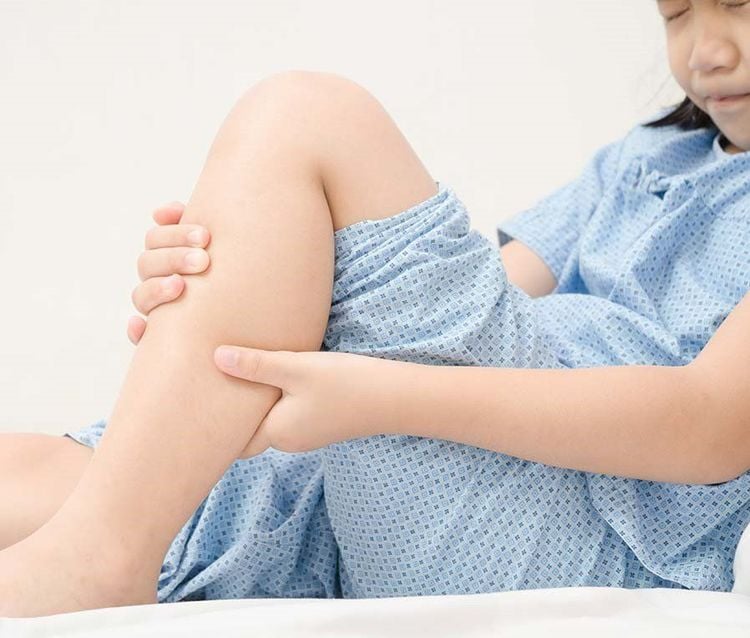
Có nhiều nguyên nhân khác nhau khiến trẻ bị đau xương ống chân
2. What to do when your child has shin bone pain?
For growth spurts pain, there is no specific treatment, but a number of measures can be taken to ease the pain in children including:
Warm baths, especially before bedtime, to help relieve aches and pains. and promote sleep. Gently massage the painful area to help the child feel more comfortable. Use calf and inner thigh stretching exercises to ease pain and prevent symptoms. Warm compresses for children with shin bone pain before sleeping, be careful not to apply it after the child has gone to sleep. Take over-the-counter pain relievers such as paracetamol or ibuprofen when the pain makes your child uncomfortable and sleepless. In addition, if it is identified as growing bone pain, parents need to change their diet, rest, and provide calcium in time for their children. If the pain is persistent, does not go away in the morning and is accompanied by any other symptoms, parents need to quickly take the child to a medical facility for timely advice and treatment, to prevent the child's risk have other serious illnesses.
With many years of experience in examining and treating diseases in children, now the Pediatrics Department at Vinmec International General Hospital has become one of the major health care centers, capable of examining , screening and treatment of many specialized diseases in children. Therefore, if the child shows signs of shin pain or other abnormalities, parents can take the child to Vinmec International General Hospital for examination and receive support and advice from doctors and other medical professionals. nutritionist.
Please dial HOTLINE for more information or register for an appointment HERE. Download MyVinmec app to make appointments faster and to manage your bookings easily.




